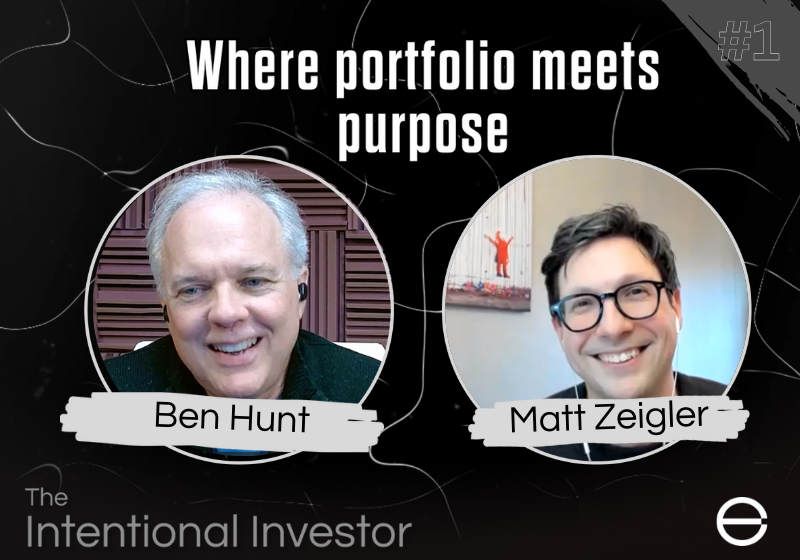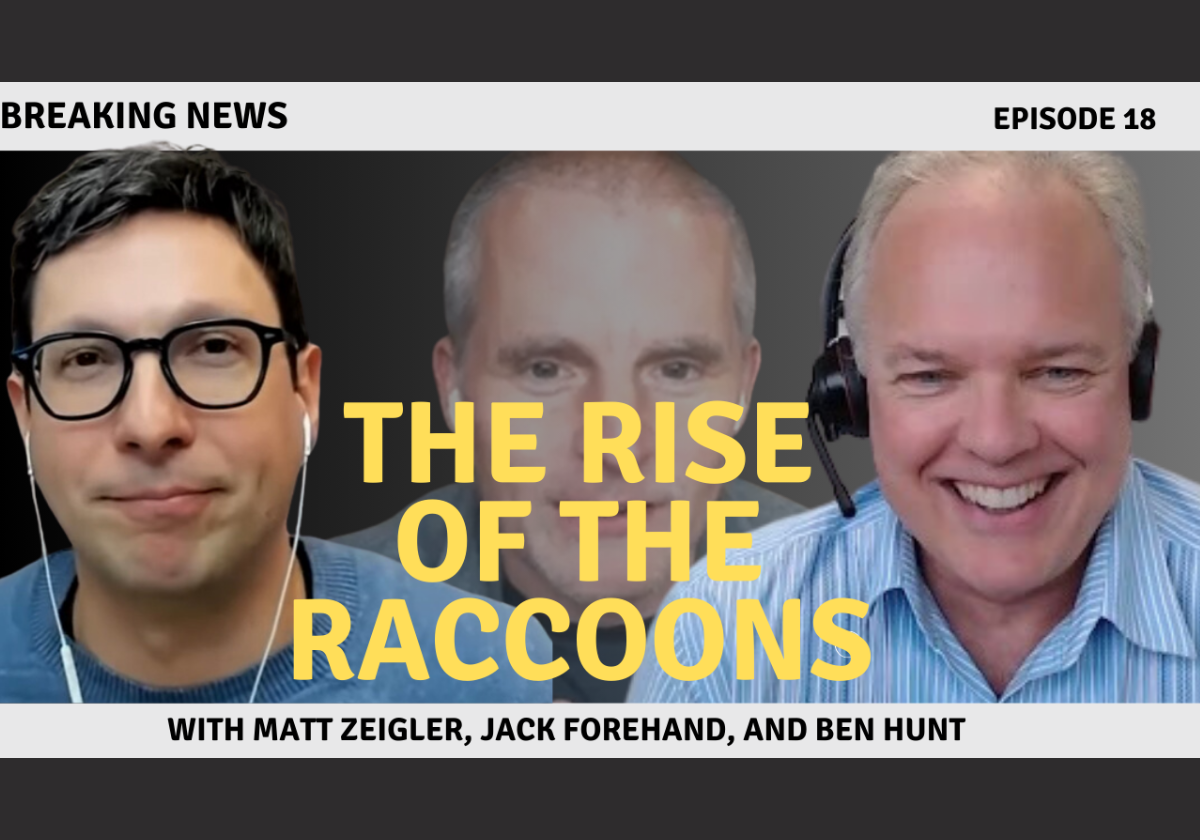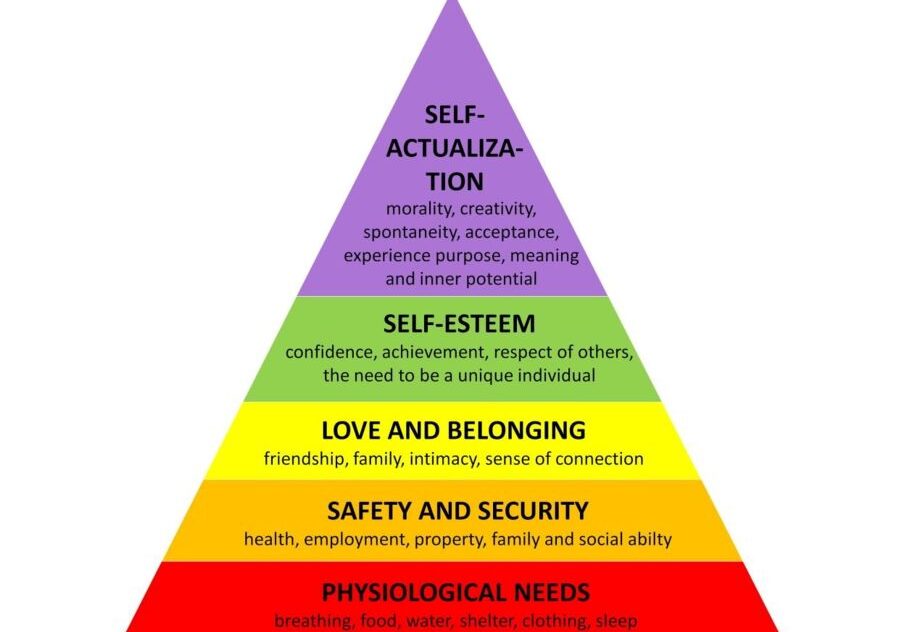The Medium is the Message
To learn more about Epsilon Theory and be notified when we release new content sign up here. You’ll receive an email every week and your information will never be shared with anyone else.
Continue the discussion at the Epsilon Theory Forum
The Latest From Epsilon Theory
This commentary is being provided to you as general information only and should not be taken as investment advice. The opinions expressed in these materials represent the personal views of the author(s). It is not investment research or a research recommendation, as it does not constitute substantive research or analysis. Any action that you take as a result of information contained in this document is ultimately your responsibility. Epsilon Theory will not accept liability for any loss or damage, including without limitation to any loss of profit, which may arise directly or indirectly from use of or reliance on such information. Consult your investment advisor before making any investment decisions. It must be noted, that no one can accurately predict the future of the market with certainty or guarantee future investment performance. Past performance is not a guarantee of future results.
Statements in this communication are forward-looking statements. The forward-looking statements and other views expressed herein are as of the date of this publication. Actual future results or occurrences may differ significantly from those anticipated in any forward-looking statements, and there is no guarantee that any predictions will come to pass. The views expressed herein are subject to change at any time, due to numerous market and other factors. Epsilon Theory disclaims any obligation to update publicly or revise any forward-looking statements or views expressed herein. This information is neither an offer to sell nor a solicitation of any offer to buy any securities. This commentary has been prepared without regard to the individual financial circumstances and objectives of persons who receive it. Epsilon Theory recommends that investors independently evaluate particular investments and strategies, and encourages investors to seek the advice of a financial advisor. The appropriateness of a particular investment or strategy will depend on an investor’s individual circumstances and objectives.









Today’s reminder of why we are better off deleting all social media. It’s fast, it’s easy, and I don’t miss any of it!
Rusty
But that’s really the idea isn’t it? People want their views the way they want them. We live in a world where processed realities are consumed for convenience just as processed foods are.
The lunatic fringe are the ones trying to sort thru the B.S. and get to substance.
When everything becomes commodity then what sells is what gets sold.
And "“We the People” are being sold constantly and it comes from all directions. Especially via light emitting rectangles of all sizes,
Rusty,
Right on. Write on.
We can not escape the tyranny of language.
In the words of George Carlin:
“Language is just a tool used to conceal the truth”.
Marshall McLuhan: On politicians and voters 50 years ago.
“What ever the sentiments they express most people will vote on the images they perceive”.
“The medium is the massage,” controlled by the owners of the medium.
Jim Handshaw
Thanks for joining us here, Michael. I have more or less done the same, although their influence on our world and people we have relationships with cannot be avoided.
Hah! I think you’re mostly right, although that would mean (probably correctly) that we are all the lunatic fringe. Still, I think that even we lunatics can get a bit too comfortable consuming content uncritically from time to time. I know I do. I benefit from having a kind of tick in my head about some of these things to remind me to back away when my engagement is being nudged.
I’m going to tell you a secret, but you have to keep it to yourself.
You ready?
Twitter exists for journos, and nobody else. Twitter the company knows this. Twitter the developers know this. The only one who didn’t seem to know this was Jack Dorsey. Nobody on the planet has less understood their product than Dorsey.
The entire point of Twitter–back in the golden era–was that you, a peasant, could interact with the celebrities and the special people. Now that very interaction has been stifled, with features like closing or deleting comments, all done at the behest of journalists and activists (but I repeat myself). Journos hate that the commoners can shout back at (and often times fact check) the gentry. Twitter’s latest rules about privacy and posting media–audio, video, or images–of non-public figures is a direct attack on the kind of citizen journalism that has grown on its platform. The carveout for Journalists will allow them to continue their activities while the rules will merely be for lowercase j journalists.
will allow them to continue their activities while the rules will merely be for lowercase j journalists.
For my friends, everything; for my enemies, the law.
A historic precedent might be the transatlantic cable, Although it carried many messages the ones that mattered were the US$/GBP swap rate. So much so that the currency pair become known as The Cable.
Information received from twitter is already known as tweets. Is there a tweet/useful info ratio, possibly in percent?
A vernacular usage could perhaps be: That tweet has a UI rate of 13%.
Almost completely arbitrary and not under the control of the platform itself, but set by the information market consumers, at various degrees of abstraction.
Definitely a logarithmic loss function, and both the cable and radio are comparables.
Important thing is, I think, to think of social media as another layer of transmission removed from the internet as a medium, in the same way that cable news is another layer of transmission removed from “TV” as a medium.
Here’s an idea: Don’t look at social media.
Bottom line: we get the narratives (and government) we deserve.
Seems to my lay person mind that written word and spoken word go to different parts of the brain to be processed and spoken word processing had quite a bit more time to evolve. The transmission methods that incorporate a restriction on characters are new and again, lay person pondering here, our brains are trying to figure out processing of this new type of input and it may be these methods of transmissions are landing in a gray area.
Douglas Adams had a fun take on this.
Always bring your towel and thanks for all the fish!